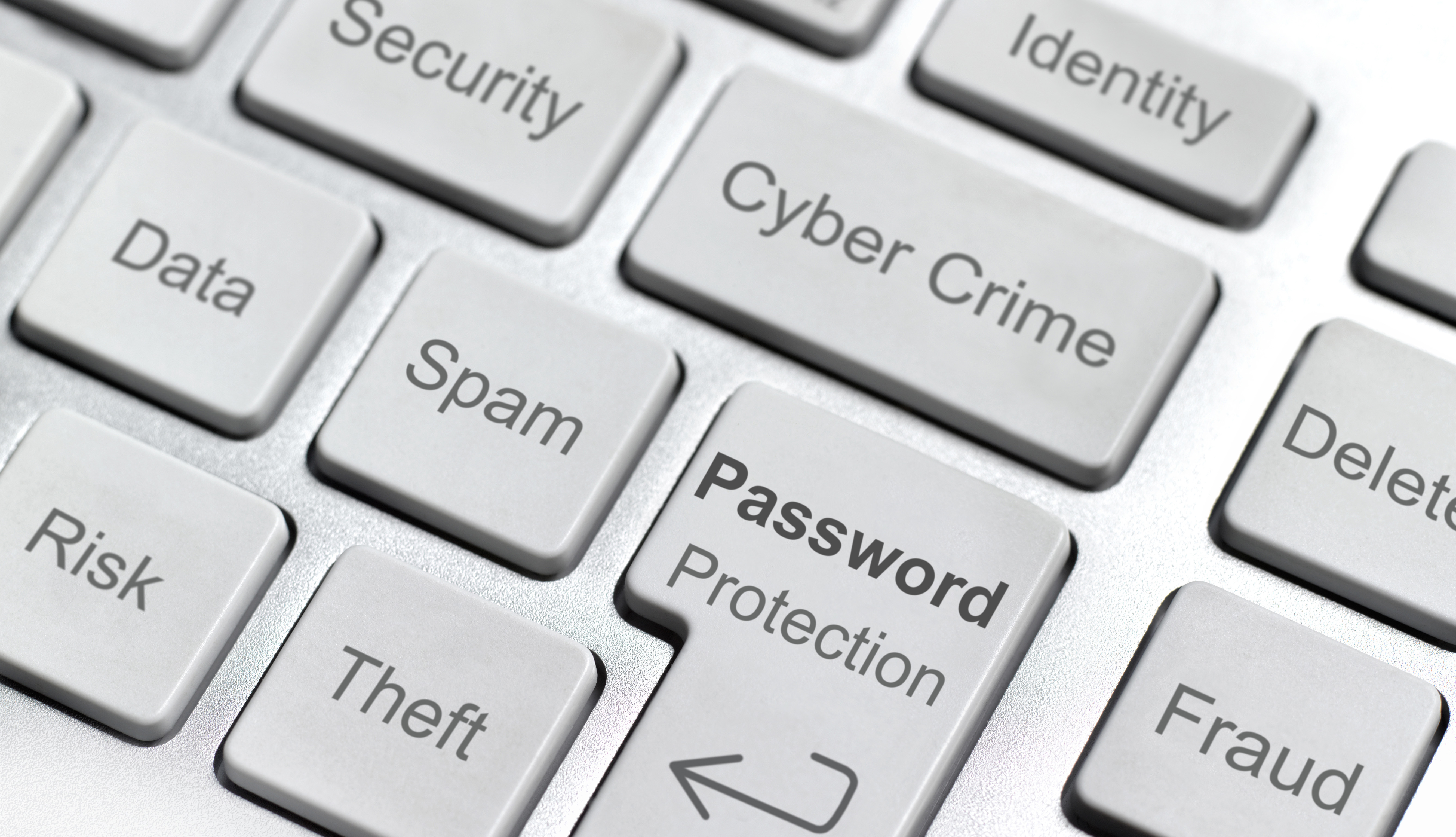
Glossary of scam and fraud terminology
- Select a language for the TTS:
- UK English Female
- UK English Male
- US English Female
- US English Male
- Australian Female
- Australian Male
- Language selected: (auto detect) - EN
Play all audios:

RANSOMWARE. Malicious software that restricts or disables your device or may hijack and encrypt files, then demands a fee to restore the device’s functionality. ROBOCALL. Automated calls
with prerecorded messages offering exclusive deals to entice a target to share financial or other sensitive information. The recipient presses a number on the phone’s keypad to be connected
with a live operator. SCAREWARE. Malicious software used in tech support scams that displays on-screen warnings of nonexistent infections on your computer to persuade you to call a number
for assistance, only to be connected to a criminal who seeks to steal money or sensitive information. SENSITIVE PERSONAL INFORMATION, also called personally identifiable information. Data
connected to a company’s customers that can be used to determine individuals’ identities, such as their full names, addresses, email addresses, phone numbers or Social Security numbers. SIM
SWAPS. Thieves may either convince your cellphone carrier to transfer your number to the thieves’ phone and existing SIM card or they may claim your SIM card has been damaged and get a
replacement card sent to them. Once in possession of a SIM card associated with your phone number, the thieves may be able to access your credit card, bank and other financial accounts.
SKIMMING. The capture of information from the magnetic stripe on credit and debit cards by devices secretly installed on card-reading systems at gas pumps, ATMs and store checkout counters.
SMISHING. Phishing attempts that go to your mobile devices via text message. Named for short message service (SMS) technology. SPEAR-PHISHING. Phishing with personalized email, often
appearing to be from someone you know. SPOOFING. The manipulation of your phone’s caller ID to display a false name or number. SPYWARE. A type of malware installed on devices to track your
actions and collect information without your knowledge. SUSPICIOUS ACTIVITY REPORTS. Financial institutions must file these reports to law enforcement when they suspect fraud. The reports
also allow the Treasury Department’s Financial Crimes Enforcement Network to identify crime trends and patterns. SYNTHETIC IDENTITY. Information from stolen ID cards combined with fake
information to build a new identity, making this fraud difficult to detect.
